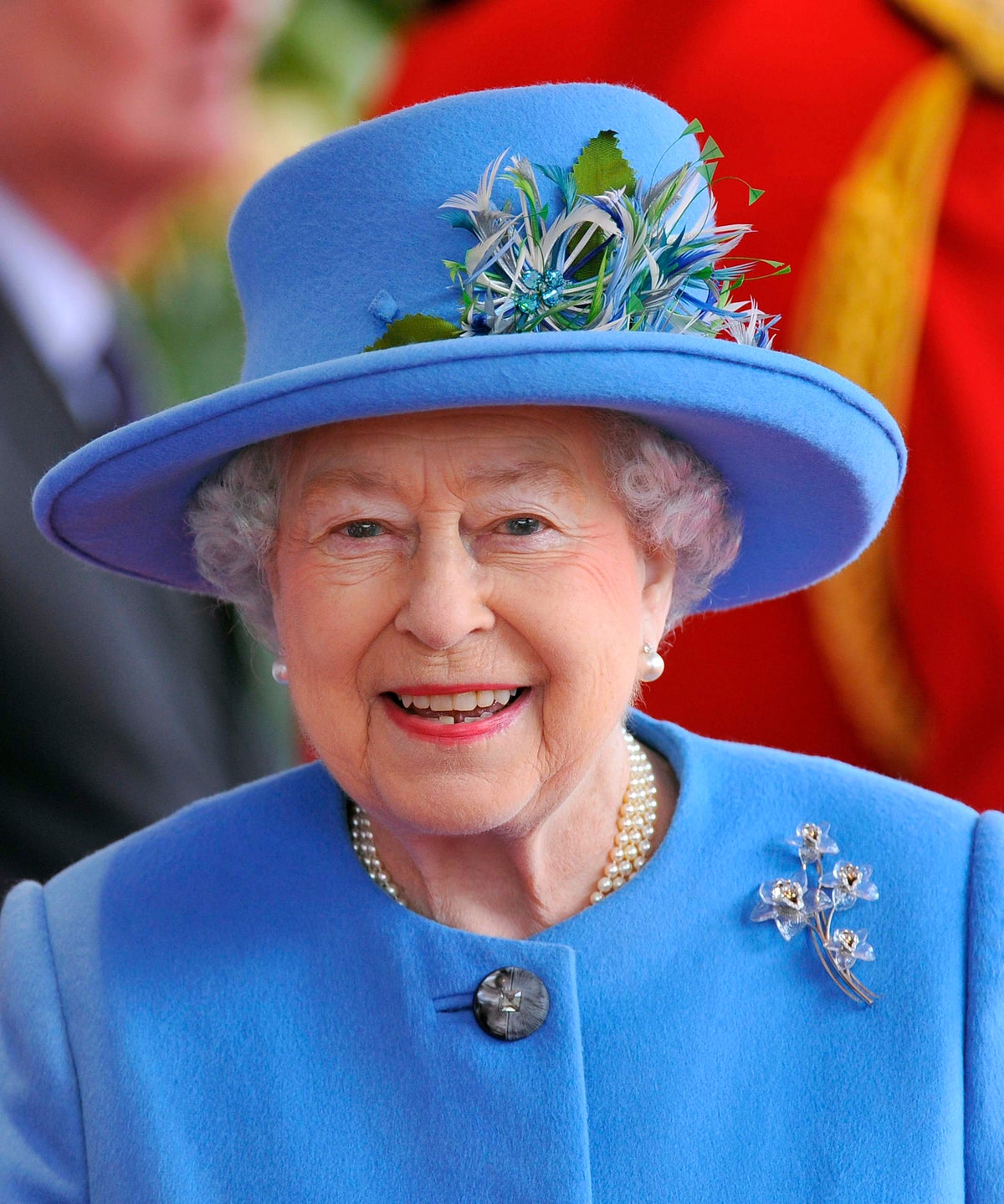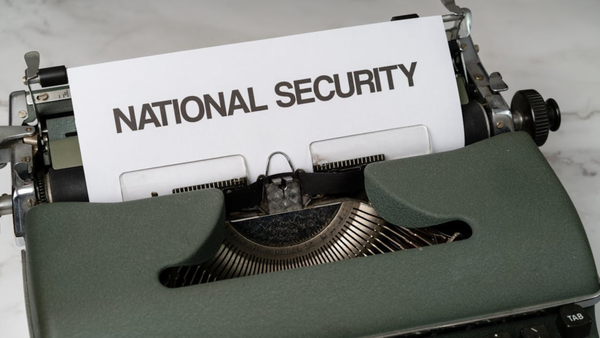
From the name of her nanny to how she served during the Second World War, here are 70 facts about the Queen, who was the longest-reigning monarch in British history.
1. The Queen was born at 2.40am on April 21 1926 – the first child of the Duke and Duchess of York.
2. She came into the world at 17 Bruton Street, the Mayfair home of her mother’s parents, the Earl and Countess of Strathmore.
3. She arrived by Caesarean section.
4. Princess Elizabeth Alexandra Mary of York was named after her mother, with her middle names in honour of her great-grandmother Queen Alexandra and grandmother Queen Mary.
5. The Queen was the great-great-grandchild of Queen Victoria, the last female sovereign.
6. She was also 38th in direct line of descent from Egbert, King of Wessex from 802 and King of England from 827 to 839.
7. Aged five weeks, she was christened in the chapel at Buckingham Palace.
8. Her early years were spent at 145 Piccadilly, her parents’ London home, at the White Lodge in Richmond Park and at the country homes of her grandparents, King George V and Queen Mary.
9. She was born third in line to the throne after Edward, Prince of Wales, later Edward VIII, who was to abdicate, and her father, the Duke of York, who became King George VI.
10. It was at Windsor that she had her own small house, Y Bwthyn Bach (the Little Cottage), which was presented to her by the people of Wales in 1932.
11. Her nanny was Clara Knight, known as “Allah” and formerly her mother’s nanny. Her nursery maid was Margaret MacDonald, nicknamed “Bobo”.
12. In 1933, Marion Crawford, known as “Crawfie”, was engaged as Princess Elizabeth’s first governess and began a regular timetable of lessons.
13. Princess Elizabeth was educated at home with Princess Margaret, her younger sister.
14. The family moved into Buckingham Palace on February 15 1937 and Princess Elizabeth attended the Coronation of her parents as King George VI and Queen Elizabeth at Westminster Abbey on May 12.
15. After her father succeeded to the throne, Elizabeth became heir presumptive and started to study constitutional history and law.
16. She spent most of the war years at Windsor Castle and made her first radio broadcast on October 13 1940, aged 14, on Children’s Hour.
17. The 1937 Regency Act provided that the Princess could reign as Queen without a regent if she succeeded to the throne after the age of 18.
18. On March 28 1942, aged 15, she was confirmed in the private chapel at Windsor.
19. The 1943 Regency Act allowed her to become a Counsellor of State at 18 rather than 21.
20. In April 1943, Princess Elizabeth carried out her first solo public engagement, when she spent a day with a Grenadier Guards tank battalion in Southern Command.
21. Shortly after her 18th birthday in 1944, she was appointed a Counsellor of State during the King’s absence on a tour of the Italian battlefields and, for the first time, carried out some of the duties of head of state.
22. In 1939, the princess had her first publicised meeting with her third cousin, Prince Philip of Greece at the Royal Naval College in Dartmouth.
23. Philip, an 18-year-old naval cadet, caught her eye as he entertained her by jumping over tennis nets.
24. By 1944, it was clear she was in love with him. While Philip was away at sea, the princess kept a picture of him in her room,
25. She later replaced the photograph of a clean-shaven Philip with one of him sporting a large beard to prevent him being recognised and stop any gossip about their relationship.
26. Aged 19, she undertook National Service, joining the Auxiliary Territorial Service on February 24 1945, and was registered as No 230873 Second Subaltern Elizabeth Windsor.
27. She qualified as a driver on April 14 1945 and was promoted to Junior Commander.
28. She was the first heir to the throne to celebrate her 21st birthday in a Commonwealth country when, on April 21 1947, she made the now famous radio broadcast from Cape Town in South Africa on her first official overseas visit and said her whole life would “be devoted to your service”.
29. On her return, Princess Elizabeth’s engagement to Prince Philip was announced on July 10 1947.
20. Elizabeth could have married Philip when she was 17 – the age of his first formal request to be considered as a suitor – but her parents thought she was too young.
31. Philip designed Princess Elizabeth’s platinum and diamond engagement ring himself.
32. It was made by the jewellers Philip Antrobus Ltd using diamonds from a tiara belonging to his mother Princess Alice of Greece.
33. She was made a Lady of the Garter by George VI shortly before her wedding at Westminster Abbey on November 20 1947.
34. Princess Elizabeth began her wedding day with a cup of tea, while the duke is said to have supped on a gin and tonic before heading off to the ceremony.
35. She did her own make-up on the morning of her wedding.
36. Her Queen Mary Fringe tiara snapped just before the princess was due to leave for the Abbey and had to be repaired by the court jeweller.
37. Her wedding dress was an ivory silk Norman Hartnell gown, decorated with 10,000 seed pearls, glittering crystals and an intricate 13ft star-patterned train.
38. The royal newlyweds lived at Buckingham Palace until renovation of their new London home, Clarence House, was completed by July 1949.
39. Their first child, Charles, was born in 1948, followed by Anne in 1950, Andrew in 1960 and Edward in 1964.
40. In October 1949, the Duke of Edinburgh, a naval officer, was posted to HMS Chequers in Malta and Elizabeth became a “Navy wife”, dividing her time between the Mediterranean and Britain.
41. From 1948, George VI’s health had been deteriorating and Princess Elizabeth deputised for him on several occasions.
42. In 1951, she took the salute at the Trooping the Colour ceremony and the following year set out on a Commonwealth tour in place of the King.
43. Early in the morning of February 6 1952, the King died in his sleep and Elizabeth became Queen.
44. The news was relayed to her at Sagana Lodge, Kenya – the tour was immediately cancelled and she arrived home on February 7.
45. Her grandmother, Queen Mary, was the first to pay her formal homage by kissing her hand that afternoon.
46. Elizabeth was officially proclaimed Queen at an Accession Council on February 8 1952 and was crowned at Westminster Abbey on June 2 1953.
47. She was the 40th monarch since William the Conqueror, who seized the Crown in 1066.
48. In 1977, the Queen celebrated her Silver Jubilee – 25 years on the throne – and she travelled some 56,000 miles around the country to mark the occasion.
49. She also became a grandmother in 1977 when the Princess Royal gave birth to a son.
50. She had eight grandchildren – Peter Phillips and Zara Tindall, the Duke of Cambridge and the Duke of Sussex, Princess Beatrice and Princess Eugenie, Lady Louise Windsor and Viscount Severn.
51. She also had 12 great-grandchildren – Savannah and Isla Phillips, Prince George of Cambridge, Princess Charlotte of Cambridge and Prince Louis of Cambridge, Mia, Lena and Lucas Tindall; Archie and Lili Mountbatten-Windsor; August Brooksbank; and Sienna Mapelli Mozzi.
52. In 1992, the Queen was left distraught when a fire broke out at Windsor Castle, causing serious damage to the historic palace.
53. Diana, Princess of Wales, was killed in a car crash in Paris in August 1997. The Queen and the royal family faced mounting criticism when they were accused of being unemotional and failing to speak promptly to the nation.
54. On 20 November 1997, the Queen and the Duke of Edinburgh celebrated their golden wedding anniversary.
55. In 2002, the Queen suffered the loss of both her 101-year-old mother and her sister, Princess Margaret, within weeks of one another.
56. It was also her Golden Jubilee year, but the celebrations continued and the event was a resounding success, with more than a million people turning out to party on the streets of London.
57. Her eldest son, Charles, married his former mistress, Camilla Parker Bowles, in April 2005, but the Queen did not attend their civil ceremony, preferring instead to go to the religious blessing afterwards.
58. In 2007 the Queen and Philip celebrated their diamond wedding anniversary.
59. In 2010, the monarch became a great-grandmother for the first time when Peter and Autumn Phillips’ daughter Savannah was born.
60. In 2011, she watched grandson William marry his university love, Kate Middleton, at Westminster Abbey, making Miss Middleton a future Queen.
61. The Queen marked her Diamond Jubilee – 60 years on the throne – in 2012, and became the first British monarch to reach her Platinum Jubilee – 70 years – in 2022.
62. In 2013, she was introduced to her great-grandson, Prince George of Cambridge – William and Kate’s first child. It was the first time for nearly 120 years that a still-serving monarch had met a great-grandchild born in direct succession to the crown.
63. The Queen overtook Queen Victoria’s record on September 9 2015 to become the nation’s longest-reigning monarch.
64. The Queen became the first monarch to celebrate her Sapphire Jubilee in 2017 when she reached 65 years on the throne.
65. In November 2017, the Queen and Philip celebrated their platinum anniversary – 70 years of marriage.
66. The Queen loved horse racing but she did not bet on the outcomes.
67. She woke to the sound of her personal bagpiper every morning and could tell if someone different to her usual piper was playing.
68. Before every state banquet, the Queen personally inspected the grand horseshoe-shaped table laden with historic dinner services in the Buckingham Palace ballroom to make sure it looked perfect for her guests.
69. The Queen and her family liked to play games in the evening at Balmoral – including the so-called Post-it note game when they wrote famous names on pieces of paper, drew them from a hat, stuck them on their foreheads to try to guess which person they are.
70. She did not have or need a passport as British passports were issued in her name







